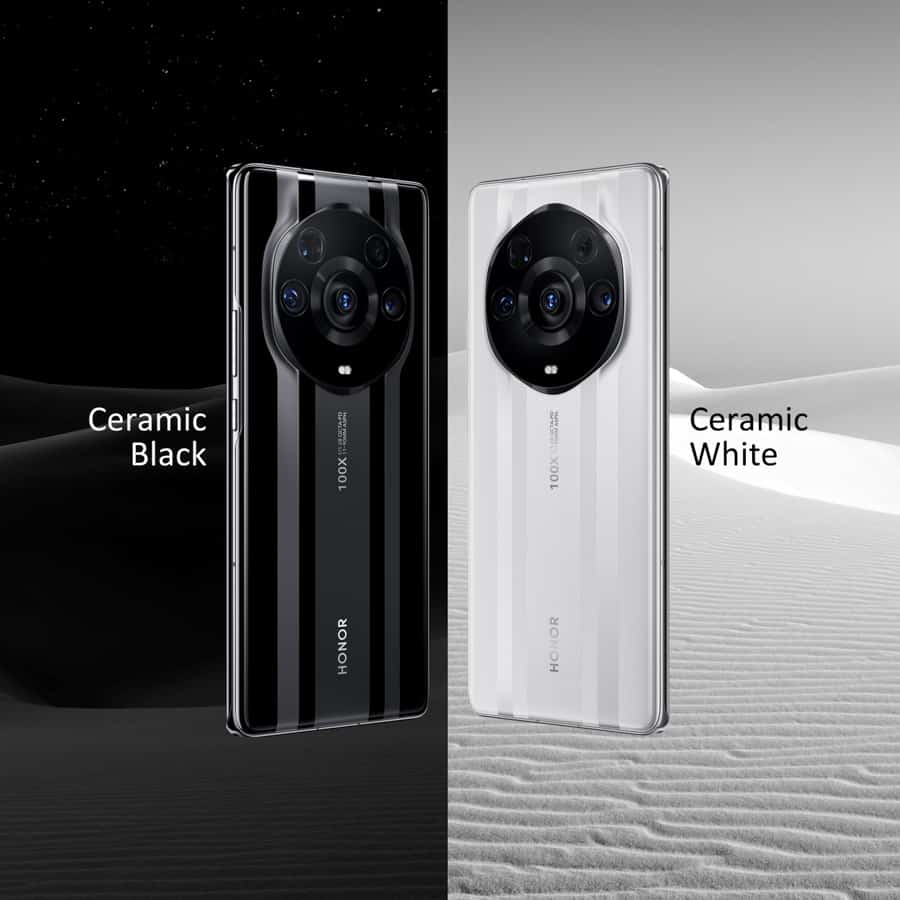ahalpert
Well-known member
https://boingboing.net/2022/10/14/du...i-art.html/amp
Dune subreddit bans AI art (but opens a different subreddit where it's allowed). I wonder how they can tell? But as I said, fashion is a deciding factor in where this technology will go and what role it will play. If they don't want ai art, for whatever reason, then you've still gotta be able to draw (at least digitally) to come to their party
Dune subreddit bans AI art (but opens a different subreddit where it's allowed). I wonder how they can tell? But as I said, fashion is a deciding factor in where this technology will go and what role it will play. If they don't want ai art, for whatever reason, then you've still gotta be able to draw (at least digitally) to come to their party

